Venue IMT vs Brezza AT vs Nexon AMT vs XUV300 MT: Comparison
IMT, AMT, AT or MT. Should you actually care about deciphering this alphabet soup? Well, if you’re ever going to be sitting in traffic, then, in a word – yes! One out of every five cars sold in the country, as of last year, was equipped
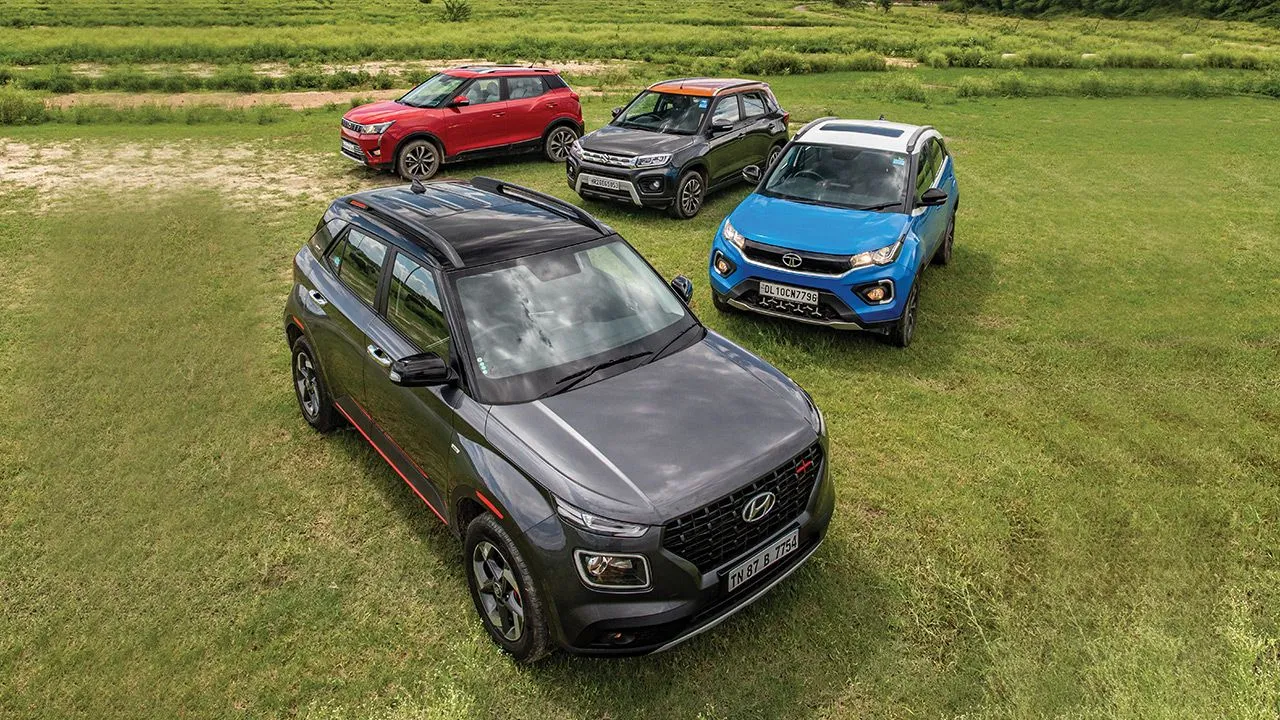
IMT, AMT, AT or MT. Should you actually care about deciphering this alphabet soup? Well, if you’re ever going to be sitting in traffic, then, in a word – yes!
One out of every five cars sold in the country, as of last year, was equipped with an automatic transmission of some kind. That’s quite significant, if you consider that India was a near-complete manual passenger-car market until about a decade ago. Estimated industry figures state that automatic cars accounted for 17.3% of all passenger car sales in 2019. To give you a bit of context, in 2011, that figure stood at 1.4%.
This revolutionary transformation in the market was brought about by one particular automatic transmission system – the Automated Manual Transmission or AMT. First introduced by Maruti Suzuki in the Celerio, the AMT system has since dominated the mass market segment in the country.
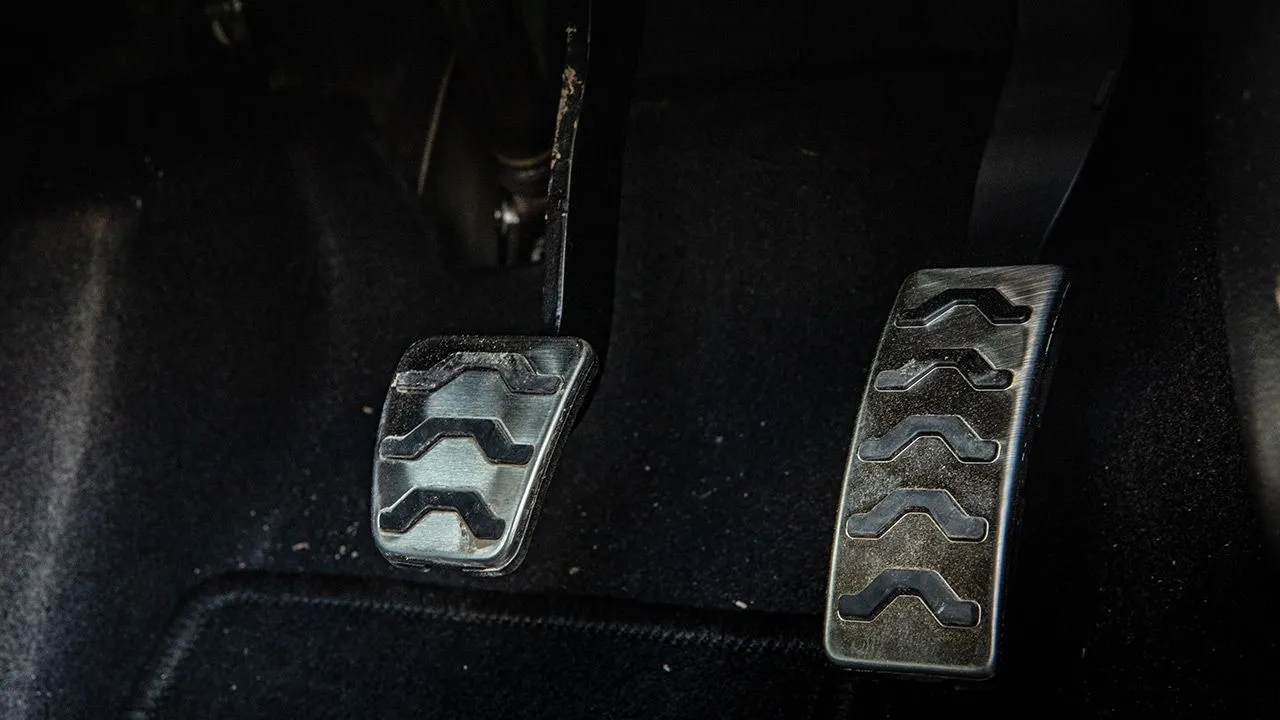
Disappearance of the clutch Pedal
So, what made the AMT such a hit? Well, for starters when it was introduced, AMT cars demanded a premium of just ₹40,000 over their manual counterparts, which was very reasonable as compared with traditional torque converter or CVT automatics, which demanded a premium of about ₹1 – 1.2 lakh over their standard manual counterparts.
And then there’s the matter of fuel efficiency. In a country where fuel efficiency figures are monitored so closely, people weren’t inclined to tick any boxes that adversely impact all-important FE – which traditional torque convertor automatics do. But, unlike traditional power-sapping automatic transmissions, AMTs allow automatic cars to return identical fuel efficiency figures as their manual counterparts – since they share the same basic mechanicals of a manual gearbox. So, it really was a win-win for buyers! And, right from the beginning, demand for the AMT Celerio has been hovering around the 40% mark – which is huge for a car in its segment!
Together, both these factors widely encouraged mass-market carmakers – from Maruti to Mahindra – to adopt AMT gearboxes for their small cars. Market research from CRISIL and Deloitte state that it was indeed the AMT gearbox that democratised automatic cars for Indians.
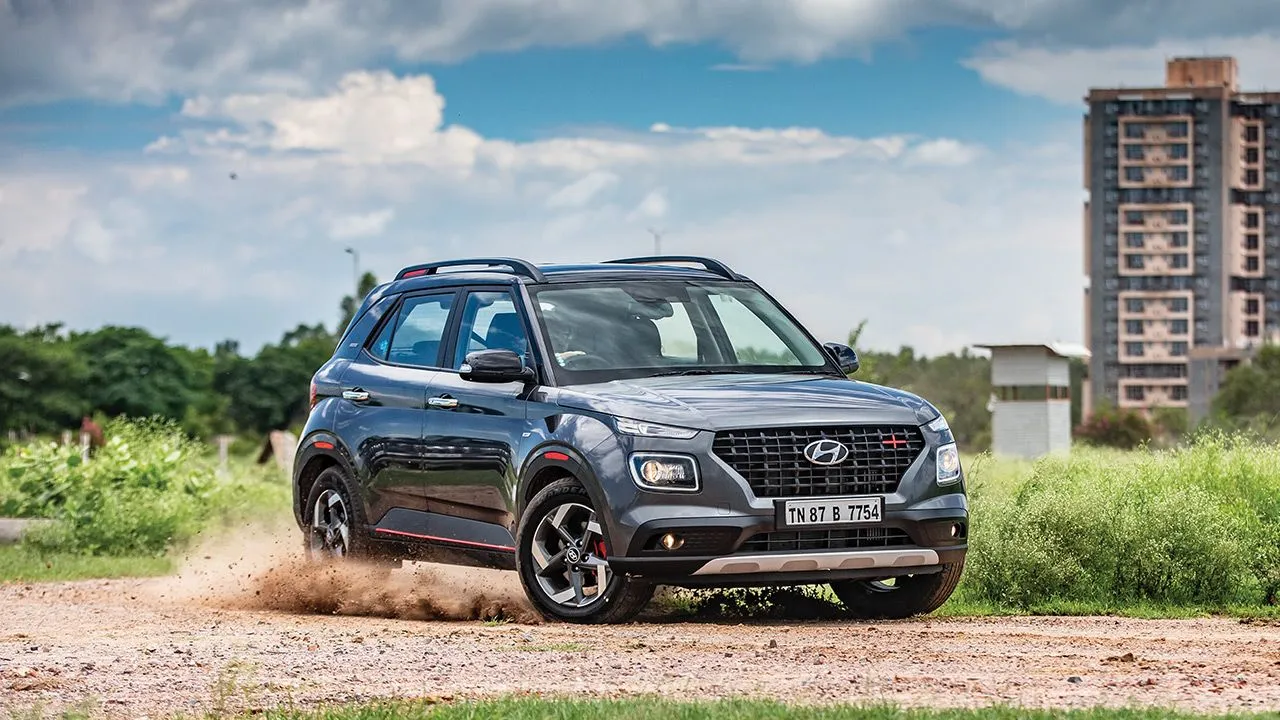
The Hyundai way
Soon, nearly every mainstream carmaker in India was using AMT gearboxes across models – from entry-level hatchbacks to mid-size SUVs. However, India’s second-largest carmaker steered clear of the AMT, until 2018, when the Santro AMT was introduced.
Although no other Hyundai since has been fitted with an AMT, the company had its fair share of automatic cars, with every type of auto transmission in its model line-up – from humble CVTs and torque converters to new-age double-clutch auto boxes. Hyundai literally has it all!
But that wasn’t enough for the ambitious Korean carmaker, and so now it’s introduced a new type of semi-automatic transmission – the IMT or Intelligent Manual Transmission. Essentially, it’s an AMT gearbox, but the big difference is that in this case you still need change gears manually. What you DO NOT need to do however, is depress a clutch pedal in order to do so.
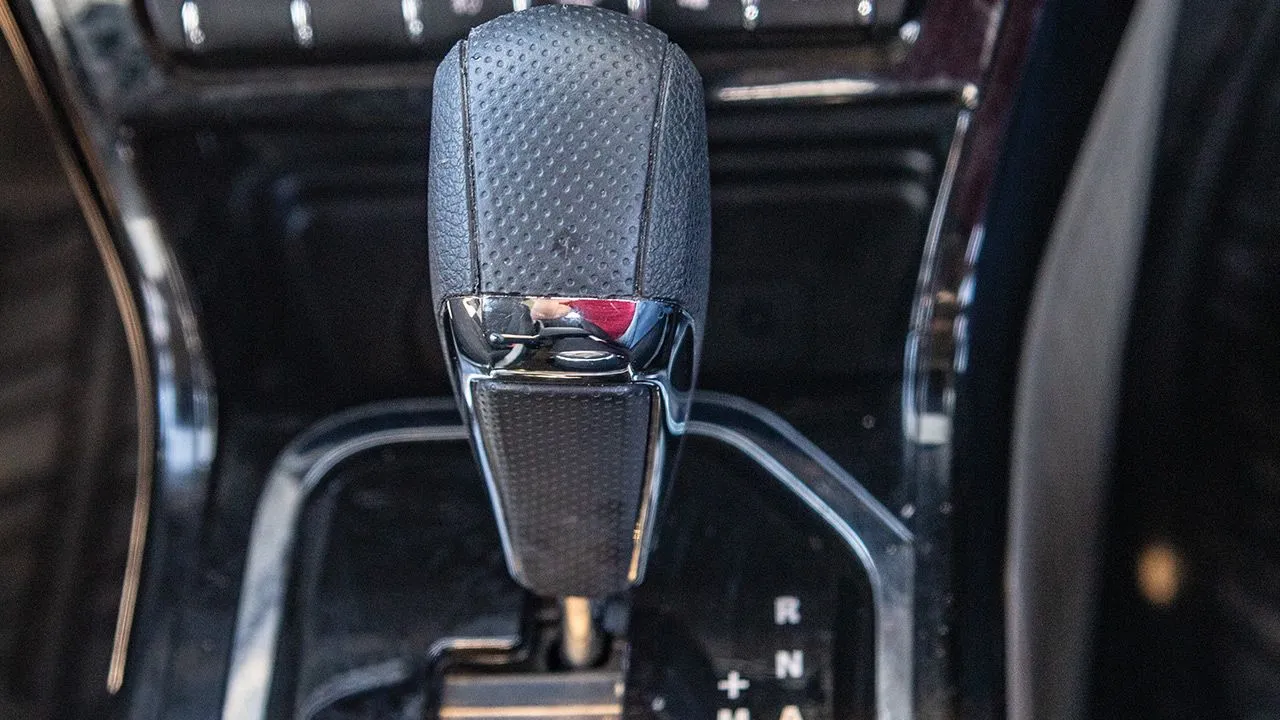
So, why not just stick to AMT?
Hyundai is looking to bring down the price difference between manual and automatic cars even further. While an AMT car costs anywhere from ₹40,000 to ₹60,000 over its manual version, an IMT car costs just ₹15,000 more than its manual version, thereby making convenient motoring even more accessible! What’s more, in our opinion, the driving experience is better than an AMT. But more on that later.
How does it work?
An IMT essentially uses the same six-speed gearbox of the manual Venue 1.0-litre turbo-petrol. However, the IMT system discards the clutch pedal for a Transmission Control Unit (TCU), which incorporates an Intention Sensor and a hydraulic actuator – the actuator is straight out of an AMT set-up.
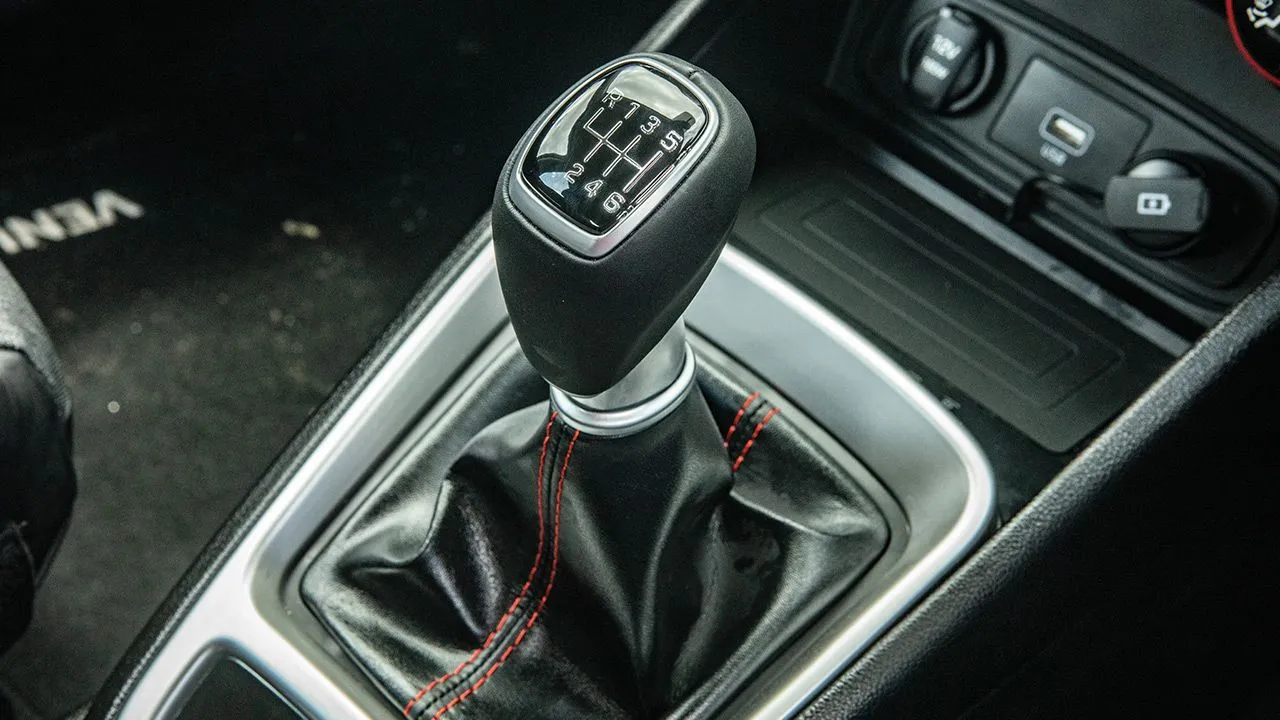
These components are synchronised to work in tandem to deliver seamless manual gear changes without a clutch pedal. Essentially, when the gear lever is moved even the slightest bit while on-the-go, the Intention sensor detects a gearshift and sends an indication to the TCU to engage the clutch assembly. The TCU, then, signals the hydraulic actuator to form hydraulic pressure, which is then sent to the concentric slave cylinder through a clutch tube. The concentric slave cylinder uses the hydraulic pressure to engage and disengage the clutch before and after a gear change. Yes, it all sounds very complex because, well, it really is. But you know what, it makes life very, very simple for the driver.
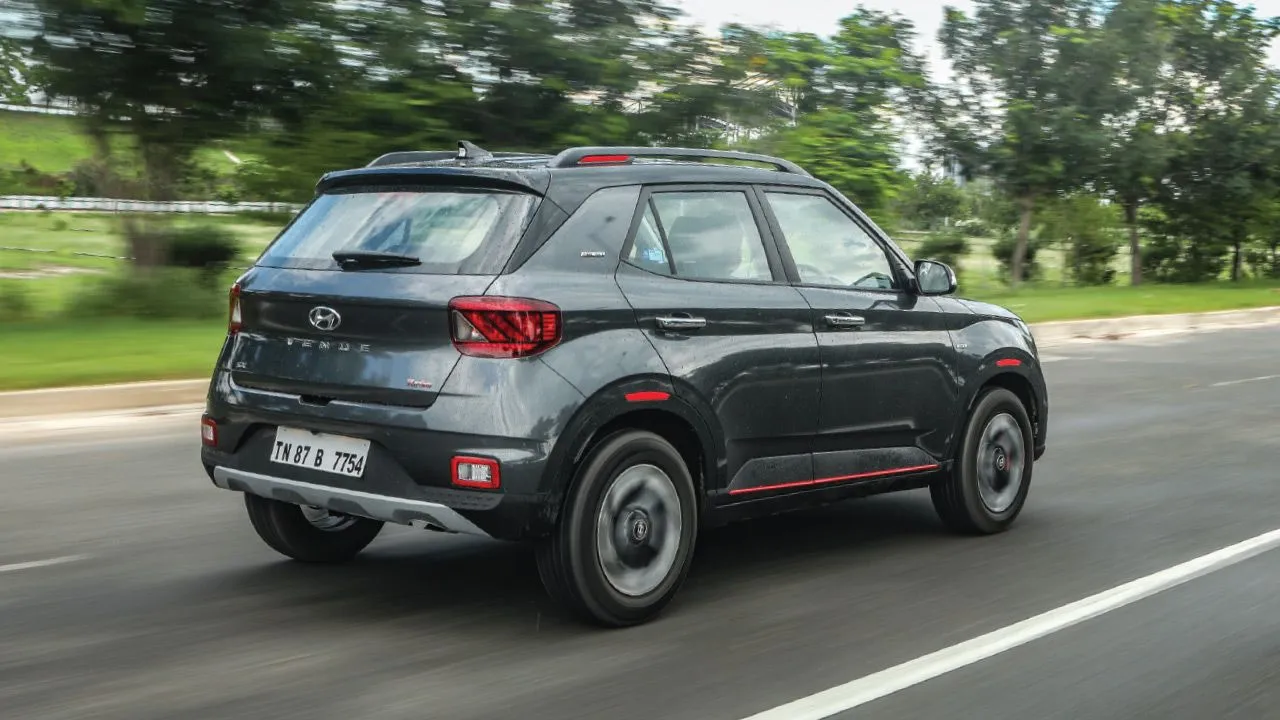
What does it feel like to use?
As soon as you step into the new Venue IMT, you need to actively remind yourself to not use your left foot. The car will only start in neutral, so make sure that the transmission is not in gear. So, simply keep your right foot on the brake pedal, hit the engine starter button, slip the regular looking manual gear lever into first, release the brake pedal gently, and voila, the car will crawl forward.
Now, when you need to upshift, simply shift the gear lever as you would in a normal manual car – only, in this case, you don’t need to worry about pressing the clutch pedal. Of course, as you would in a manual, if you release the throttle momentarily while a shift is taking place, it’ll be even smoother – as you may choose to do in an AMT as well, to avoid that annoying head-nod that’s so typical of an AMT experience. All told though, it’s this aspect of shifting that’s so impressive in the IMT. Even if you don’t release the throttle, the IMT will still give you a near perfect shift. And this isn’t the only ace up the IMT’s sleeve. If an AMT is forty-grand more than a conventional manual, an IMT is less half that – at 15k more. So, it is more affordable and it performs better. Of course, you do have to remember to actually make use of your left arm to shift for yourself. But, surely, that can’t be too difficult – now can it?
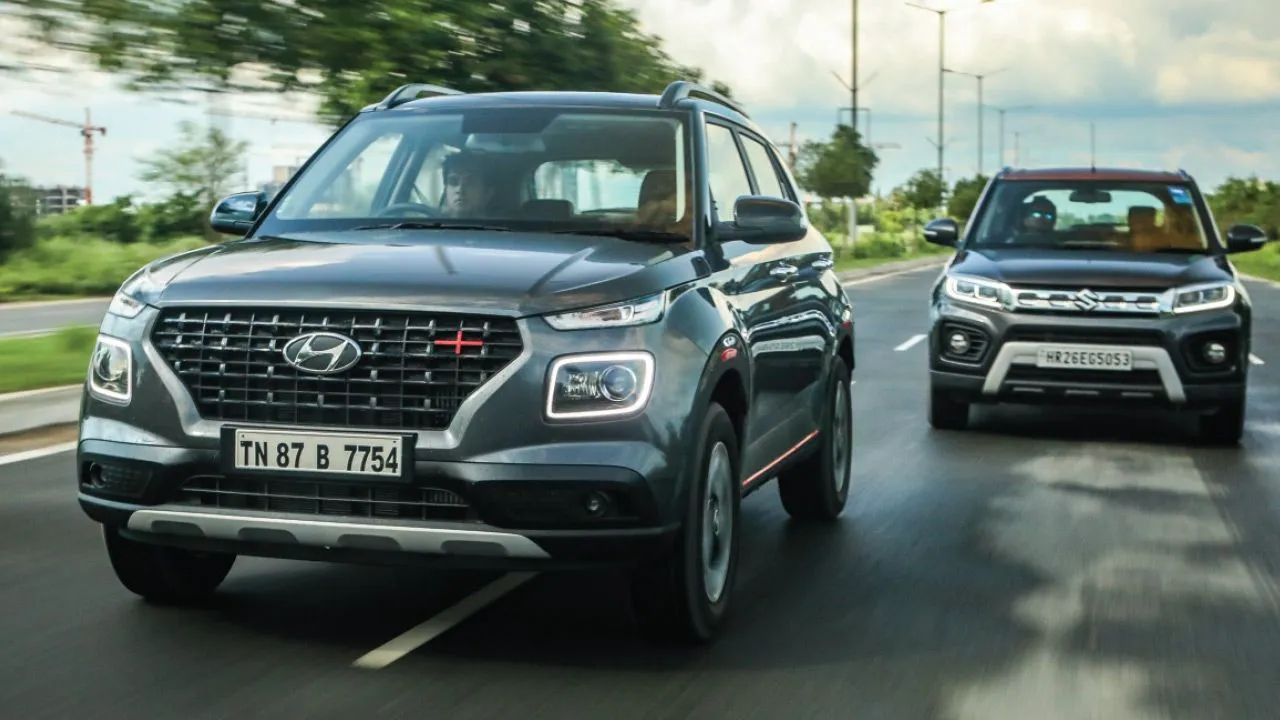
Driving the Venue IMT in heavy traffic is quite stress-free and easy. In stop / start traffic, things get even better, as you don’t even have to do use the gear lever – just leave it in first. Your foot on the brake pedal will keep the car stationary, and so you just have to take your foot off the accelerator and the Venue IMT will crawl ahead like a regular automatic. Brilliant!
It’s also worth noting that an IMT makes managing the turbo lag from the Venue’s 1.0-litre turbo petrol engine easier, as you can downshift more easily to stay in the powerband.
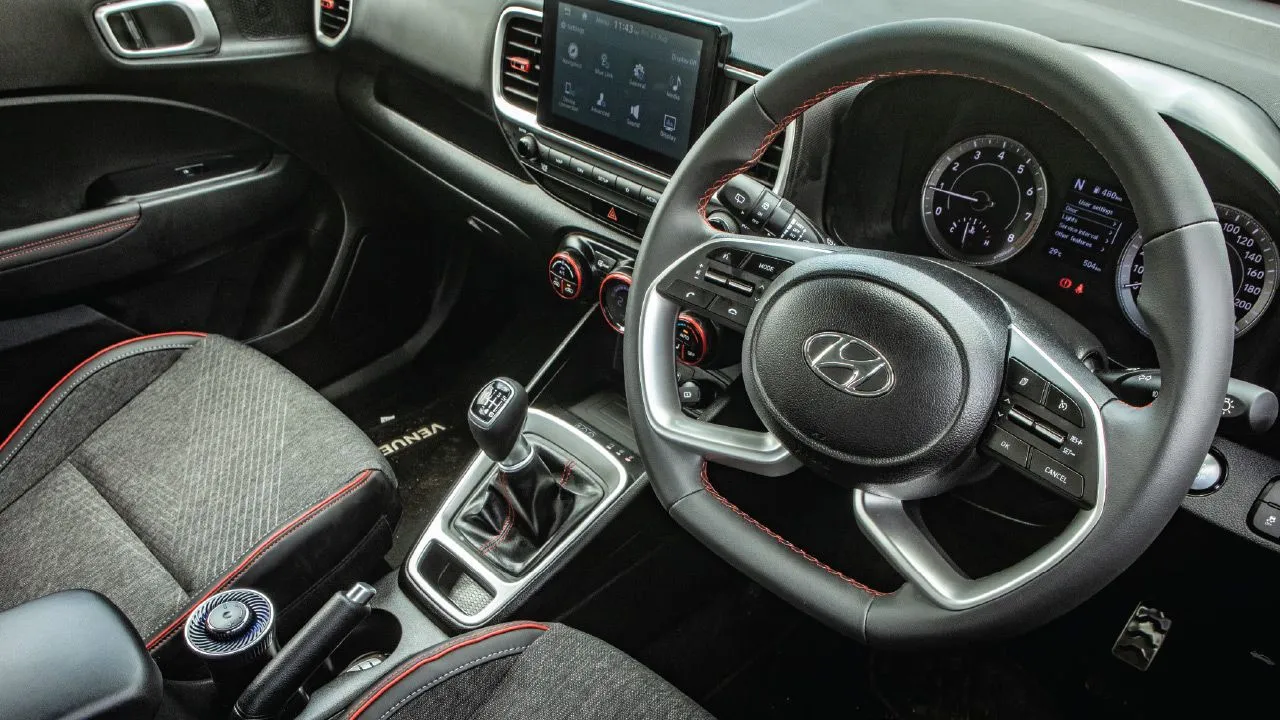
Is there a catch?
Yes, sort of. You see, like AMTs, IMTs, too, don’t like to be rushed. The moment you try to go for fast gear changes while driving quickly, the gear lever, all of a sudden, feels hesitant. You can sense that the mechanicals inside (i.e. Intention sensor, TCU, and hydraulic actuator) cannot keep up with the speed of the gear changes. Consequently, the clutch doesn’t get engaged quickly enough, and the gears do not shift smoothly. But, again, this is only if you truly rush it. Drive it normally, and it’s an absolute breeze.
Just as efficient as a manual, but smarter
Another great benefit of the IMT system is that it allows a car to have the same fuel efficiency as a manual transmission. And what it lacks in terms of quick shifts, it makes up for in terms of convenience features, such as hill-hold and hill start assist. These are very helpful, considering that the IMT does not allow you to slip the clutch during uphill standing starts, which also means that you cannot go for aggressive acceleration runs.

King of convenience
Now, when it comes to driving convenience, the good old torque converter still rules – no surprises there! But why? Well, because you can just put the gearbox in drive and forget about it. The transmission will change gears smoothly all day long without any intervention whatsoever. The Venue’s arch-rival, the Maruti Suzuki Brezza, which has finally received a proper automatic transmission, along with a switchover to petrol power, features Suzuki’s trusted four-speed transmission. Four-speed? Just saying that feels like stepping back into the 90s. But, actually, this transmission is smooth and fairly responsive. Under regular driving conditions in the city, it’s nearly faultless.

The problem comes when the speeds get higher. Since the Brezza’s transmission has tall ratios (owing to the limited number of gears), the acceleration isn’t as quick as it should be. To an extent, it’s also because of the fact that a torque converter saps power from the engine for its own operation. As a result, the Brezza does not accelerate as briskly as a manual car. And while the gearbox responds well under kickdown acceleration, downshifts could definitely have been quicker. Let’s just say that Maruti does need a new torque converter gearbox now, one with more gears – this will also help with better efficiency.
But, let’s face it, the real world isn’t all about high-speed driving and kickdown acceleration. And, on an everyday basis, the Brezza feels very smooth and absolutely effortless to drive in its automatic avatar. What’s more, in this latest update, Maruti has also lightened the steering of the car – the previous model’s bristling steering feel is now gone. In terms of fuel efficiency, naturally, the automatic Brezza doesn’t perform quite as well as the manual Brezza. However, because all the other cars here are turbocharged, the Maruti still has a chance to win the efficiency war, thanks also to its capable mild hybrid system, along with a seamless engine stop / start mechanism.
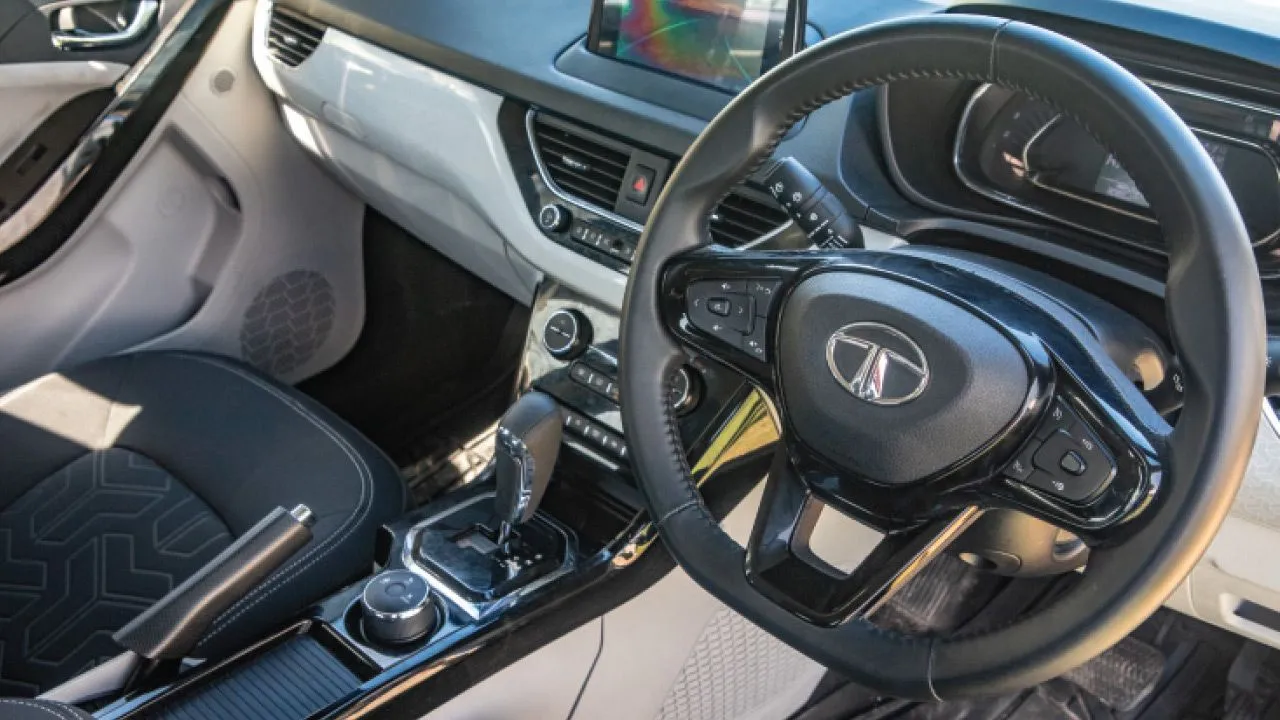
If efficiency is your priority…
If fuel efficiency is your priority, along with the convenience of an automatic, then you could look at the Tata Nexon, as it’s the only one in the compact SUV segment to offer a petrol AMT. The Nexon petrol AMT in BS6 guise has gained more power – it now has a peak power output of 118bhp (same as the Venue) from its 1.2-litre three-pot motor. In the real world, it feels responsive, but lacks some finesse in comparison with the smaller Hyundai engine, which feels smoother and more tractable. The selectable driving modes, though, do make a difference.
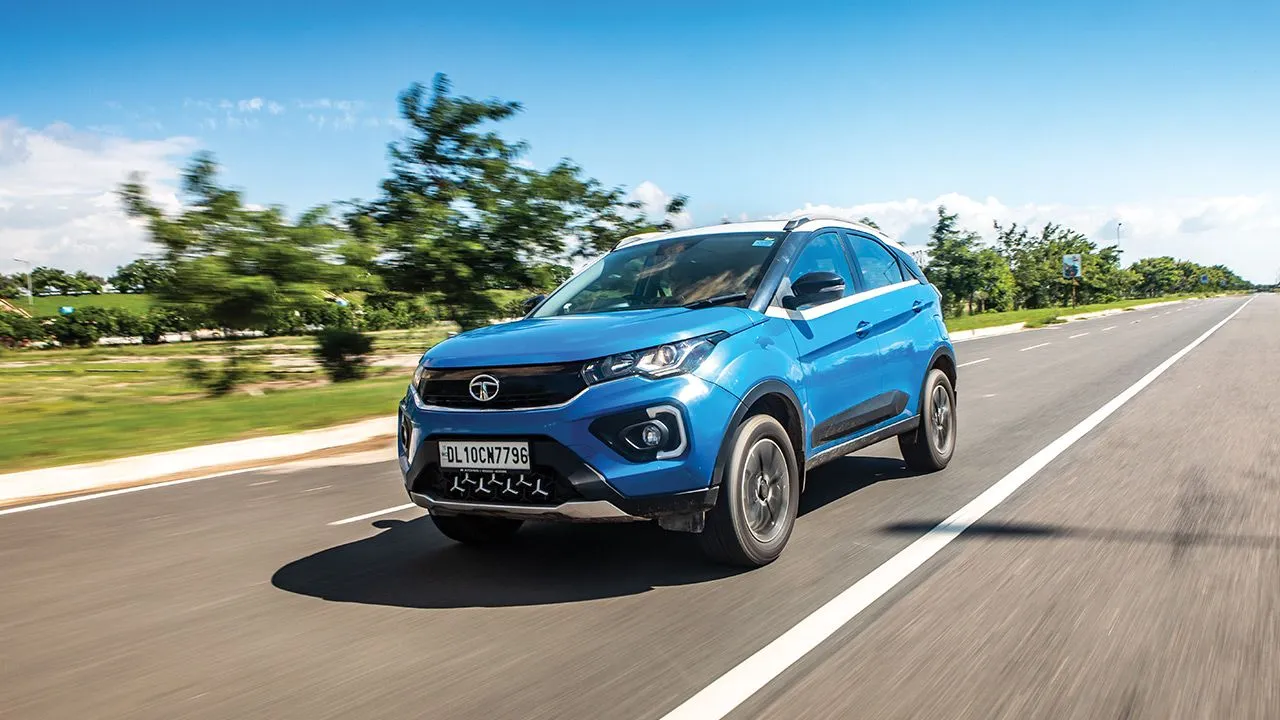
Now, as mentioned above, the trick to driving an AMT smoothly is to slightly lift off the throttle every time you want an upshift. But Tata’s system needs an update or two when compared with the latest Maruti AMT system, which feels more responsive and predictable. In the Nexon AMT, initial acceleration is smooth, but during upshifts, the transmission simply takes too long to shift. Downshifts, however, are more predictable – you mash the pedal, the transmission shifts down, and gets you going quickly after a minor head bob. But the Nexon makes up for this irritant by offering better fuel efficiency than the Brezza automatic. And that counts for a lot in our market.
And then there’s the matter of the Nexon’s commendable high-speed stability, and the fact that it has a five-star Global NCAP safety rating. To top it off, the Nexon, for me, is the most SUV-looking car in its segment, with its wide haunches and imposing design – which really do make it stand out. It also offers the choice of some very lively paint shades, unlike the rest of the cars here. I especially love this enticing tectonic blue colour, which really makes it look dashing and gives it a distinguishing character.

And what about the trusted manual?
Over the years, manual transmissions have evolved to become better and more refined, offering a more comfortable driving experience. The XUV300 petrol manual we have here, is a testament to this evolutionary development. The clutch is very light, and the shifts are extremely smooth, making it very easy to drive. The XUV300’s 1.2-litre turbo-petrol engine also feels refined, and its 200Nm of peak torque makes it feel the sprightliest of all the cars here. Like the other turbo cars, there is lag below 2,000rpm, but once that turbo spools, the XUV takes off. Also, it likes to rev quite freely close to the redline.
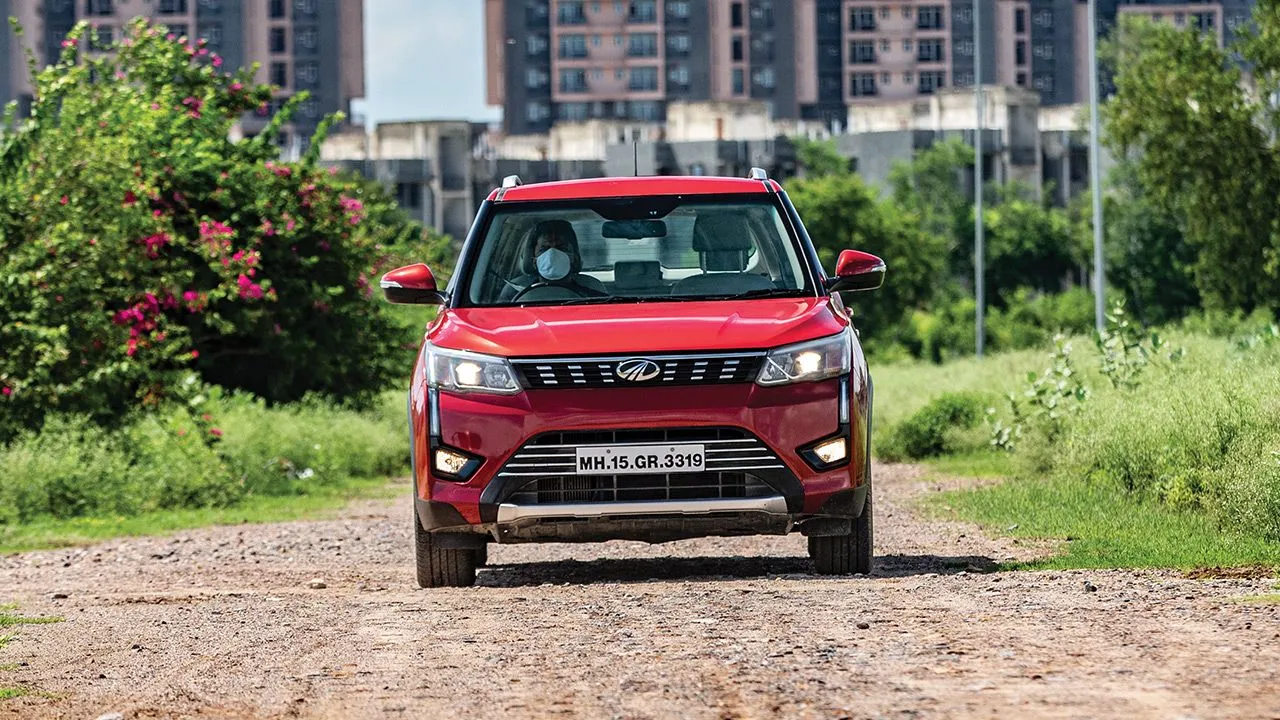
Unlike the other cars here, you can push it to the redline and perform a fast upshift to enjoy a bout of spirited driving whenever the urge arises. And so the pure joy of driving a manual transmission is still unparalleled, for the kind of control and involvement it offers as compared with any other type of transmission. I just wish that the XUV300’s clutch pedal didn’t have such long travel, which diminishes the true potential of the car. And it’s the same with the shifts, with a shift action that is too long. So, while the XUV scores the highest points in terms of driving pleasure for the manual, it’s far from perfect.

IMT, AMT, AT, or MT?
There are two other types of automatics that we haven’t covered in this test – the CVT (Continuously Variable Transmission) and the dual-clutch automatic, which is arguably the most advanced (and expensive) transmission on the market. There are no compact SUVs with CVTs, so that’s out, but the Venue does offer a DCT mated to its 1.0-litre turbo-petrol motor. And while this DCT would be the most responsive gearbox here, it’s not quite a match for the dual-clutch industry gold standard – VW’s DSG.
So, that leaves us to decide amongst this lot. The torque convertor automatic has been the default automatic choice for decades, and Maruti brings a pretty old-school four-speed to this segment in the updated Brezza. It’s certainly the most convenient of the lot, but it’s lacking at least one ratio before it can be considered cutting-edge. Also keep in mind that, ATs and DCTs are amongst the more expensive options amongst automatics.

Which brings us to what could be referred to as hybrid boxes – the AMT and IMT. The AMT is certainly responsible for democratizing automatics and increasing their penetration, but it does provide an inherently compromised driving experience. And, in that respect, the IMT is superior. In fact, the execution of the IMT in the Venue is extremely impressive to say the least. It’s convenient, of course, but also enjoyable at the same time. Plus, it won’t cost you that much more than a manual. So, this could very well be another masterstroke by the Korean carmaker. The question is, will Indian customers accept and grow to love this new transmission? Only time will tell.
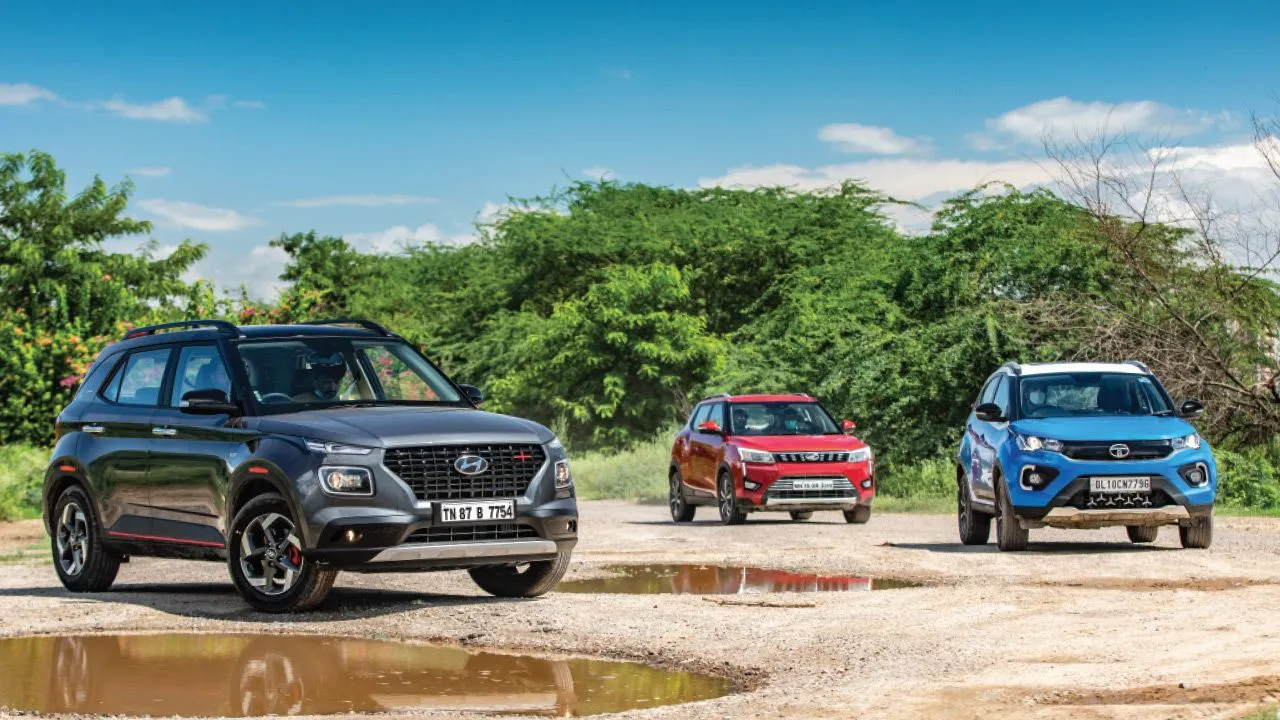
The manual, of course, remains the gearbox of choice for those of us who enjoy driving, who feel that the level of engagement and involvement that a manual provides can never be replaced by any kind of automatic – no matter how responsive or advanced. There’s just something about the connection between car and driver through the good old fashioned third pedal and H-pattern gearbox.
The IMT, though, could be the best of both worlds. But you’ll just have to drive one yourself to see if you can get used to changing gears manually without pressing the clutch. Muscle memory, after all, is hard to forget!
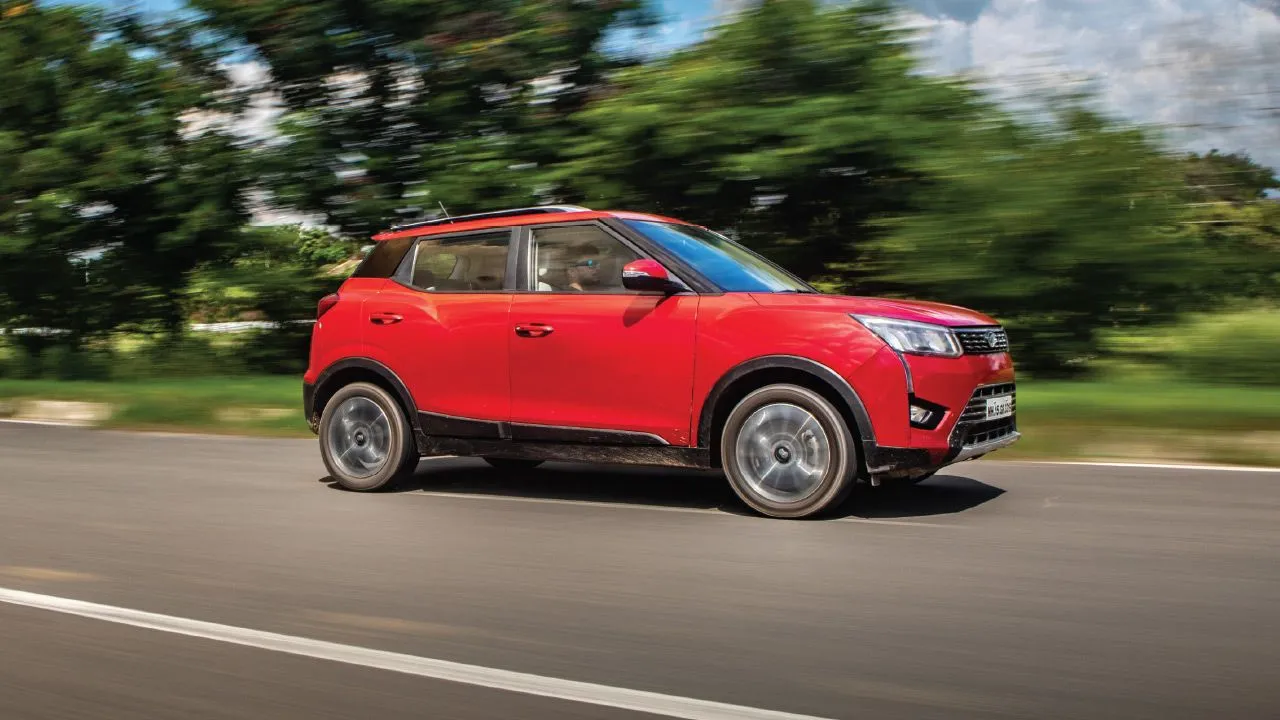
You can push the XUV300 manual to the redline and carry out a fast upshift to enjoy a bout of spirited driving whenever the need arises. After all, the level of driver engagement and involvement that a manual provides can never be replaced by any kind of automatic.
Also read - Honda City vs Hyundai Verna: Comparison
Engine: 998cc / 3 Cylinders / 12 Valves / Turbocharged
Fuel: Petrol
Transmission: 6-Speed IMT / Front-Wheel Drive
Power: 118bhp @ 6,000rpm
Torque: 172Nm @ 1,500 – 4,000rpm
Price: ₹11.21 lakh (Ex-showroom)
X-factor: Balances driving comfort, efficiency, and cost of acquisition well.
| Pros • Driving convenience • Hill-start & hill hold | Cons • Slower shifts than a manual • Can’t slip the clutch |


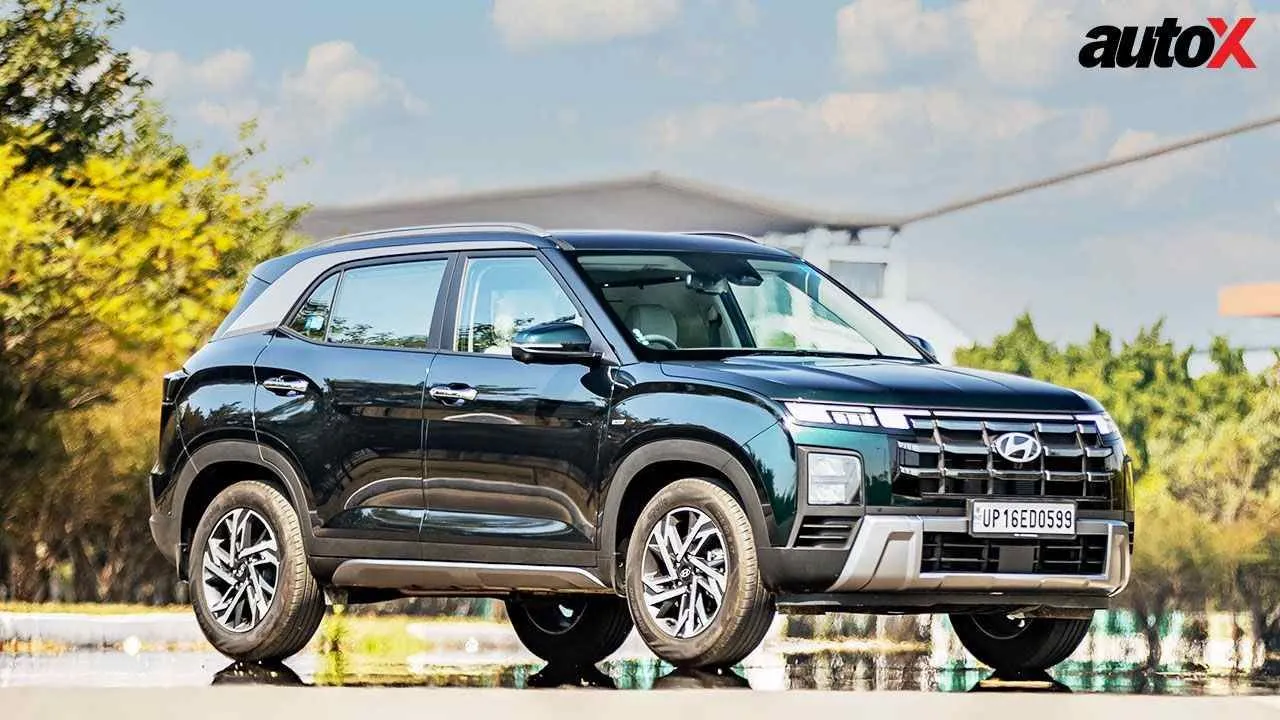
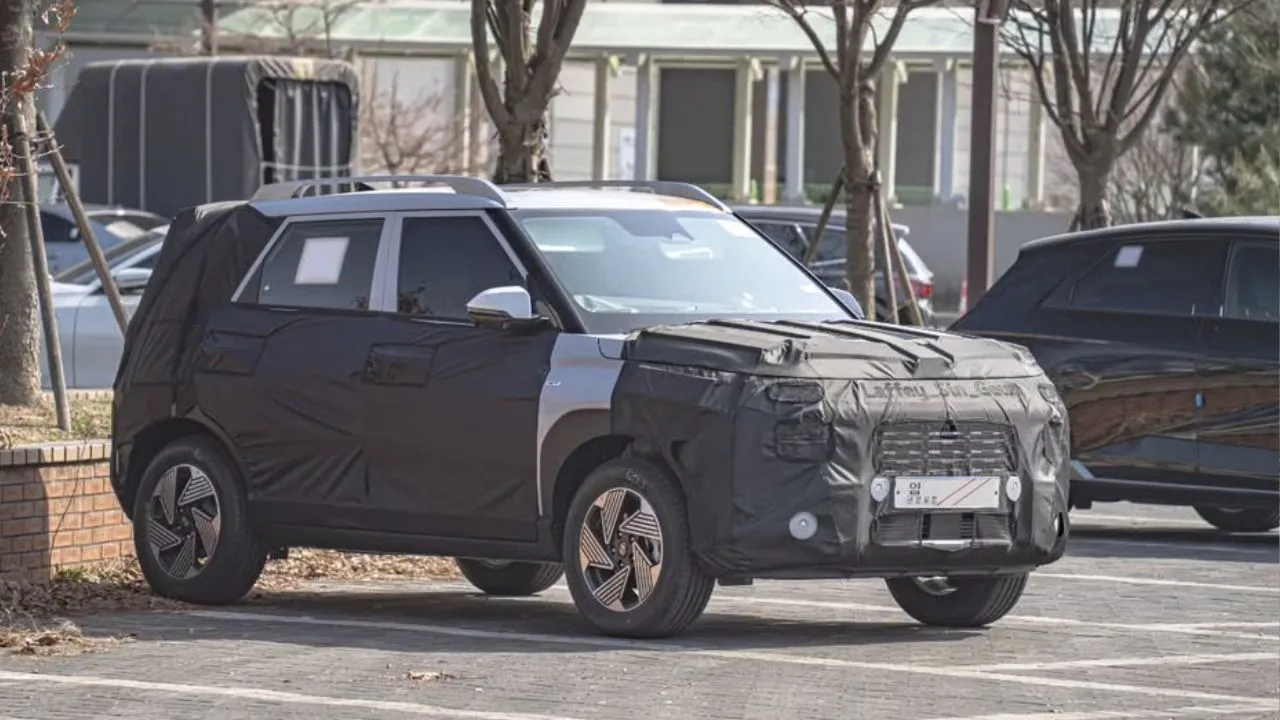
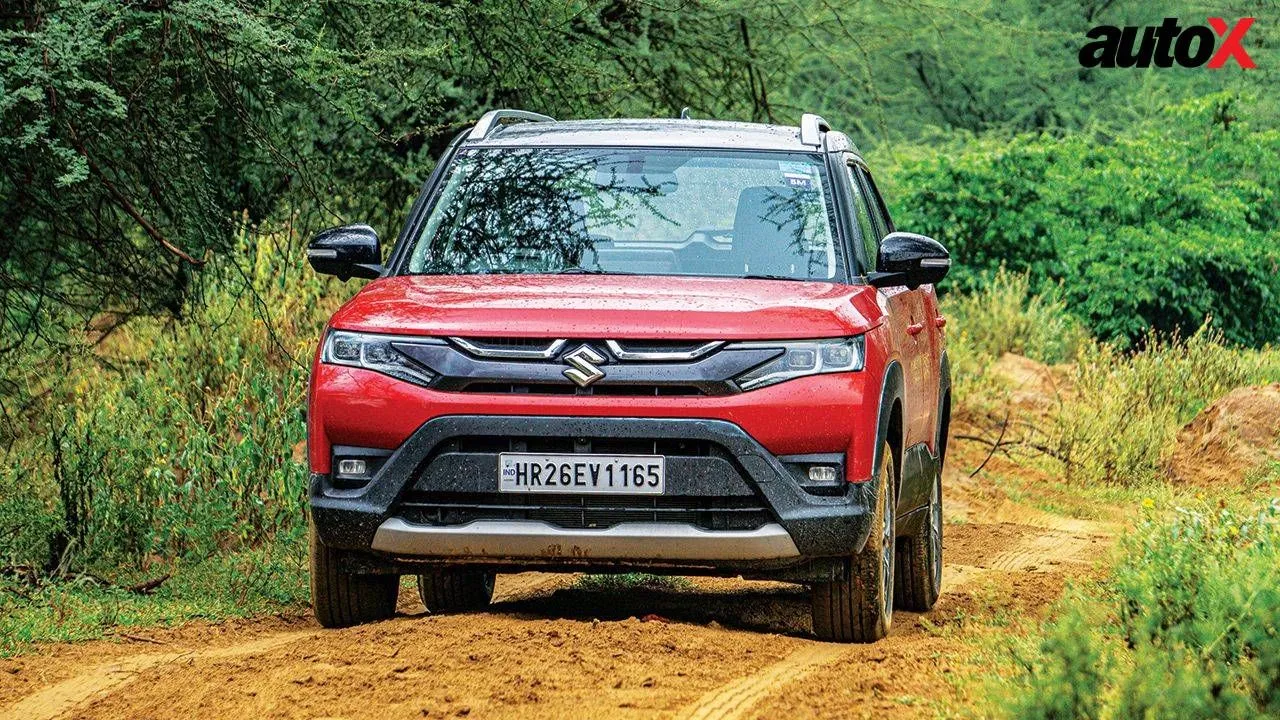



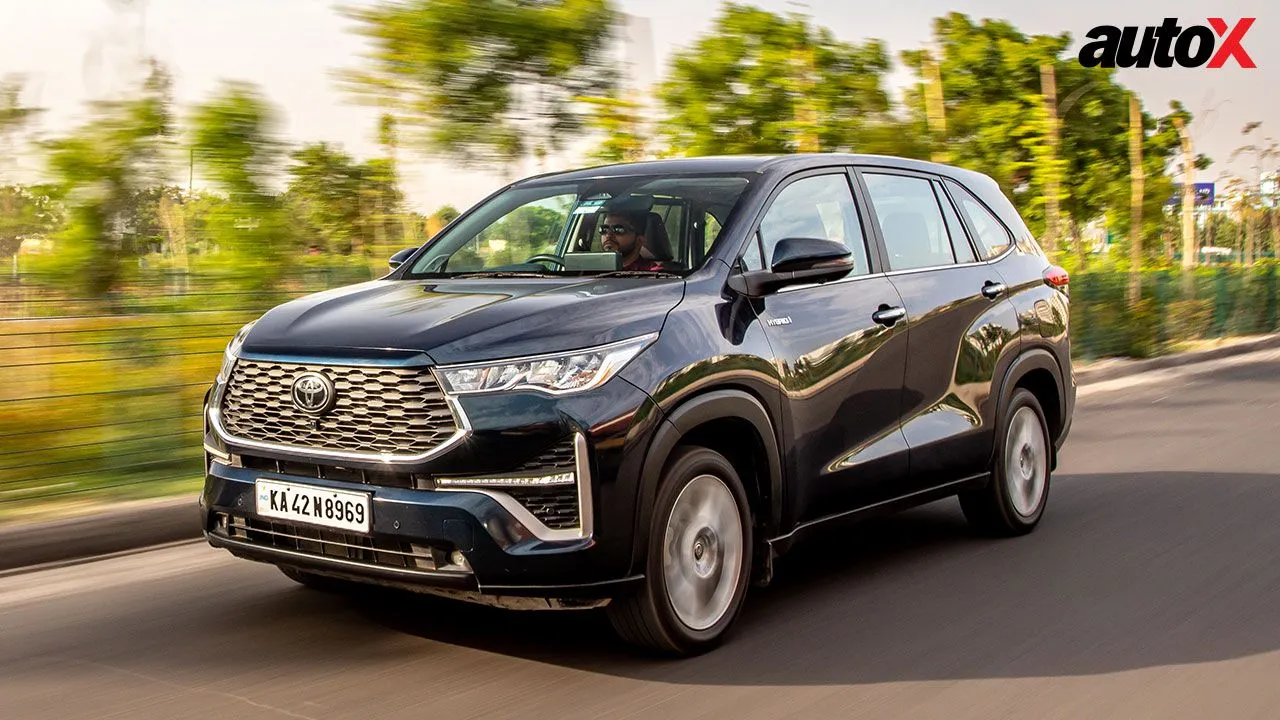
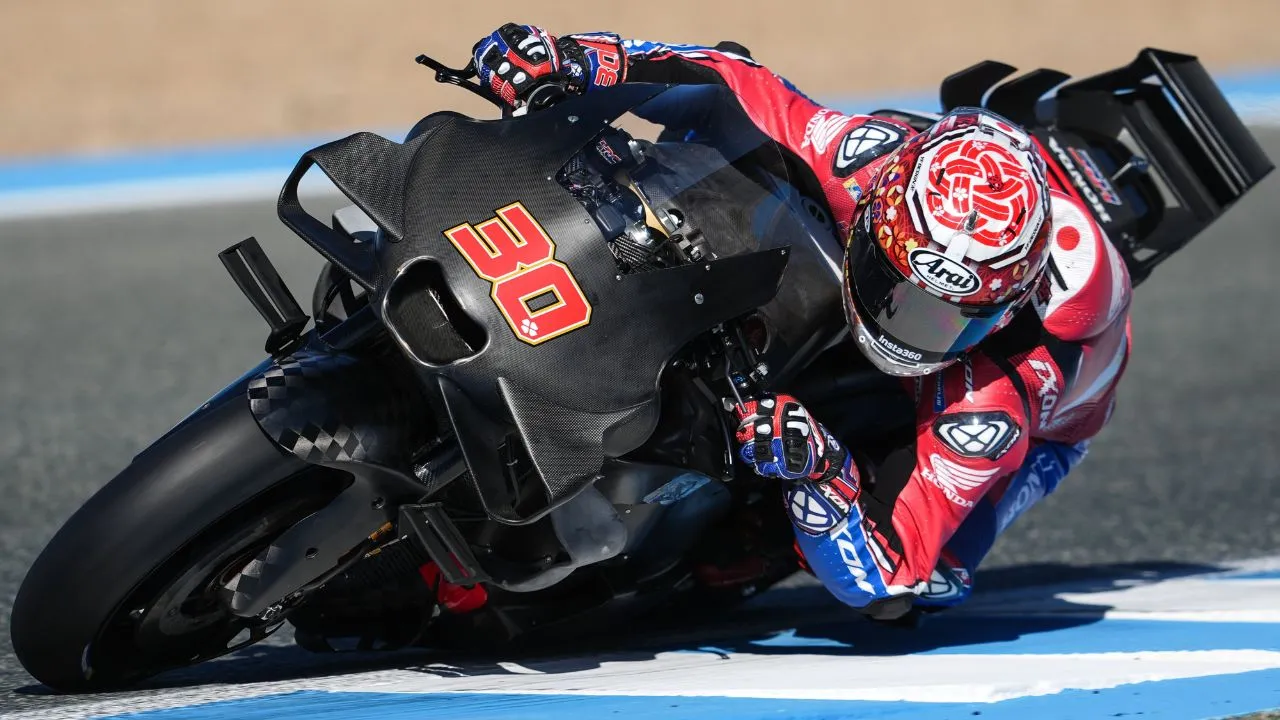

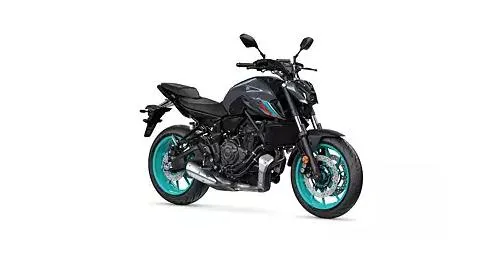

















Write your Comment on